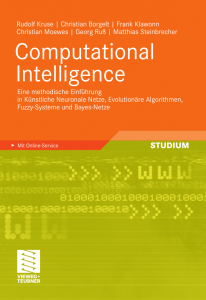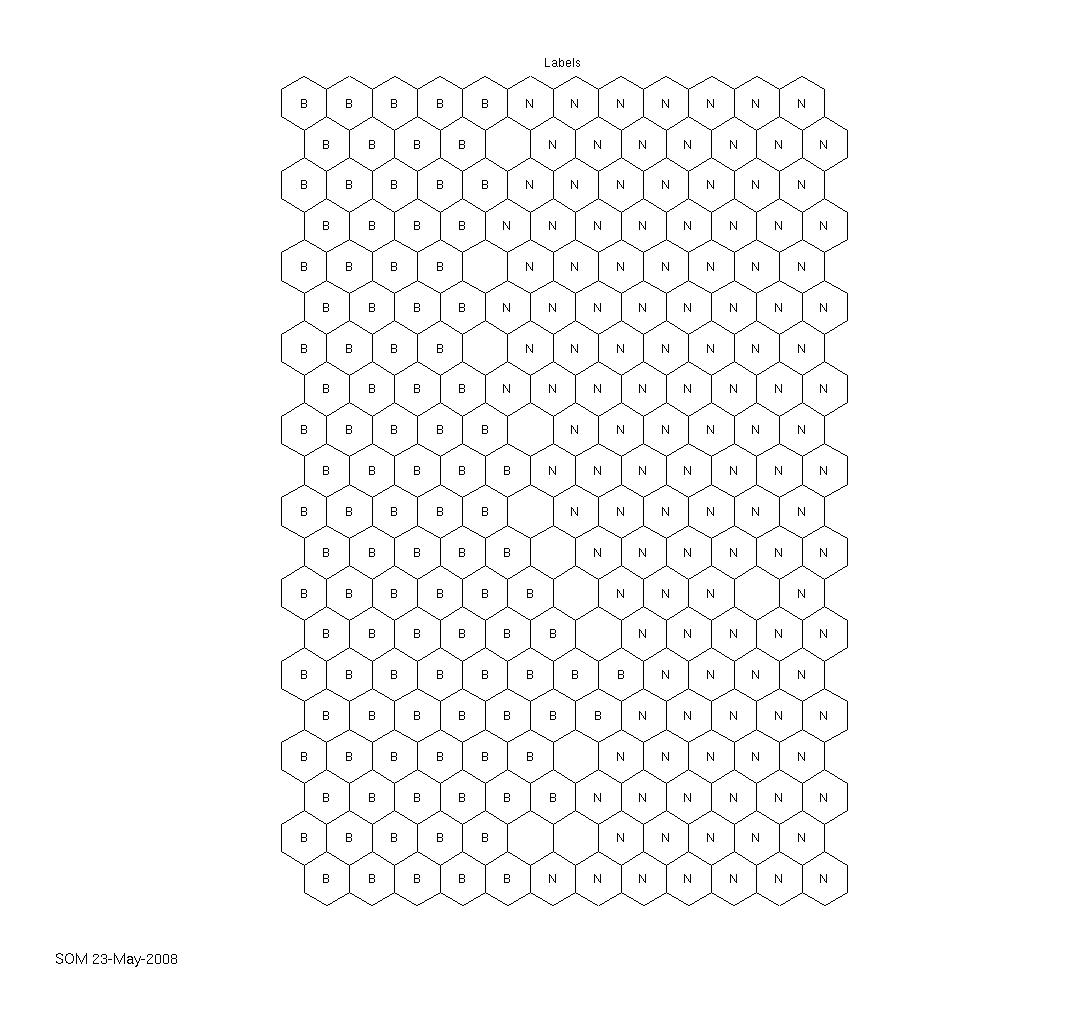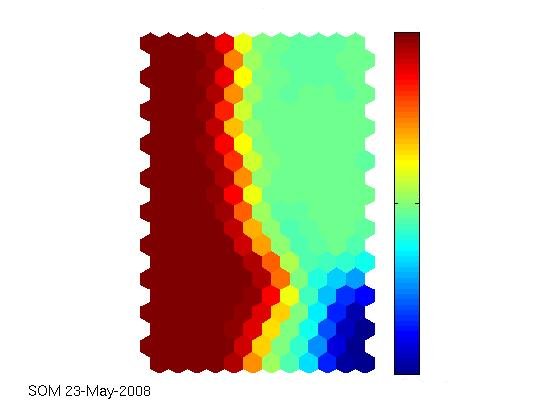Scientific American just posted an interesting article on Science 2.0, which is namely describing the use of Web2.0-techniques in scientific work. Well, I’ve somehow done that transition already with this blog. There’s also, for larger research groups, the wiki technique to enable closer collaboration. There have been earlier attempts from the MIT, called Open WetWare, which is used to
promote the sharing of information, know-how, and wisdom among researchers and groups who are working in biology & biological engineering.
According to the SciAm article, people publish almost all of their work in progress online, like How-Tos, intermediate results from experiments, publication discussion and so on. This is also my philosophy of working in research. It’s not publish or perish but to get into discussion or high-level arguments, receiving early feedback and promoting useful ideas and hints to other researchers.
At the moment I’m still collecting ideas for data mining of agricultural data. It looks as if it’s going to be research and experimentation with supervised learning methods on those data and, in the process, describing the data flow from the wheat field to the machine learning task and back to the field. The next paper deadline is for the AI-2008, again held at Peterhouse College, Cambridge, UK. I’ll have to sort out the content first, though.


